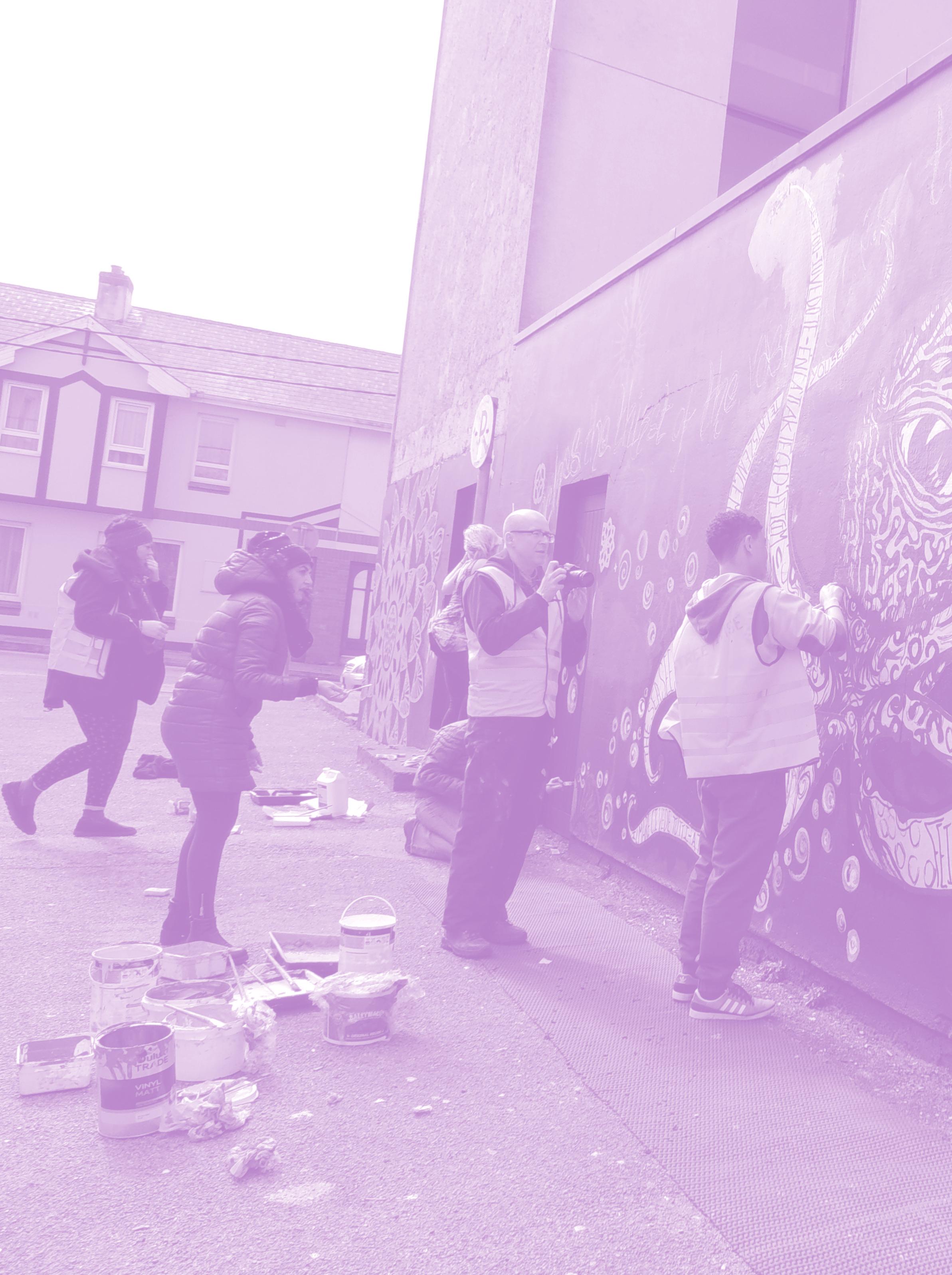
3 minute read
Reflective Practice and Evaluation
PILLAR 07
It is essential that a crisis management plan includes a process for critical incident questioning. This is to ensure there are additional actions taken if required, and that there is space for reflecting on the issues that have been raised. Good safeguarding practice involves reflecting on the key issues so that the learning from the experience is captured.
Advertisement
All data that is recorded must be retained in accordance with the organisation’s data retention policy and must be in line with GDPR.
Reflective Practice & Evaluation
Reflective practice is a key pillar of safeguarding, so that learning from any project can be captured and retained. Such learning then informs the pre-departure preparation for future projects. For example, it is useful to ask a previous participant to give a firsthand account of their experience and their learning at the project preparation stage. This peer-to-peer exchange can be very positive.
Reflective practice can be focussed on all aspects of the project and involve all the relevant stakeholders. Tusla, the Child and Family Agency, has published useful resources to help organisations ensure safe practices are in place in relation to all of the pillars mentioned in this section at https://www.tusla.ie/children-first/organisations/
Please note that in Ireland all organisations that provide a Relevant Service as defined in the Children First Act (2015), must have a Child Safeguarding Statement (CSS) in place that states how the organisation will protect young people when they take part in activities. The CSS must be supported by a CSS Risk Assessment of relevant activities, which includes international youth projects. For more information on the Child Safeguarding Statement and the Risk Assessment process visit https://www.tusla.ie/children-first/support-documents
Safeguarding for Mobility
Managing international projects involves many elements. In this section, we will look at good safeguarding practice guidance for four key project stages: planning, implementation, evaluation, and follow up. These principles can be applied to Youth, School Education or Vocational Education and Training projects.
We use the image of the Project Management Flower to illustrate the project stages. The flower is a living, breathing plant that grows and produces many outcomes. The project is grounded in communication because this is one of the most important elements to ensure the safety and welfare of young people. An international project that prioritises effective communication among its stakeholders creates an important foundation for the participants. If young people operate in an environment that allows them to express their opinions without any barriers, it will go a long way to supporting them to reach out for help if needed.
Project Management Flower
All projects begin with an idea that grows and develops into a plan. The planning phase incorporates all aspects from the project idea right through to its implementation. While planning, it is important to ensure that the right people are selected to take part. This means that the right workers are selected, the partners are chosen carefully, and the process for applying for funding is well planned.
The implementation phase is where project activities are carried out, for example during the youth exchange, the study visit, the hosting or the sending of young people. Participants may be at their most vulnerable during this phase, and it is the phase with the highest risk potential.
The evaluation and monitoring phase takes place throughout the project at critical stages, to ensure monitoring of project activities
and that changes can be made where required. This phase is key to safeguarding, as evaluation provides valuable information and feedback for the managers of the project.
The follow-up phase includes all the activities that take place when the implementation phase ends. This includes activities that take place to support the participants, and can also include working with partners to plan the next project and to get ideas flowing.
The project is sustained throughout by effective communication. All stakeholders need to be able to share relevant information when required. All participants must understand how to access their support networks: workers need to receive and send information; managers need to be accessible to receive important information; and partners need to agree to the communication structure of the project. The life of the project depends on the effectiveness of the communication structures.



